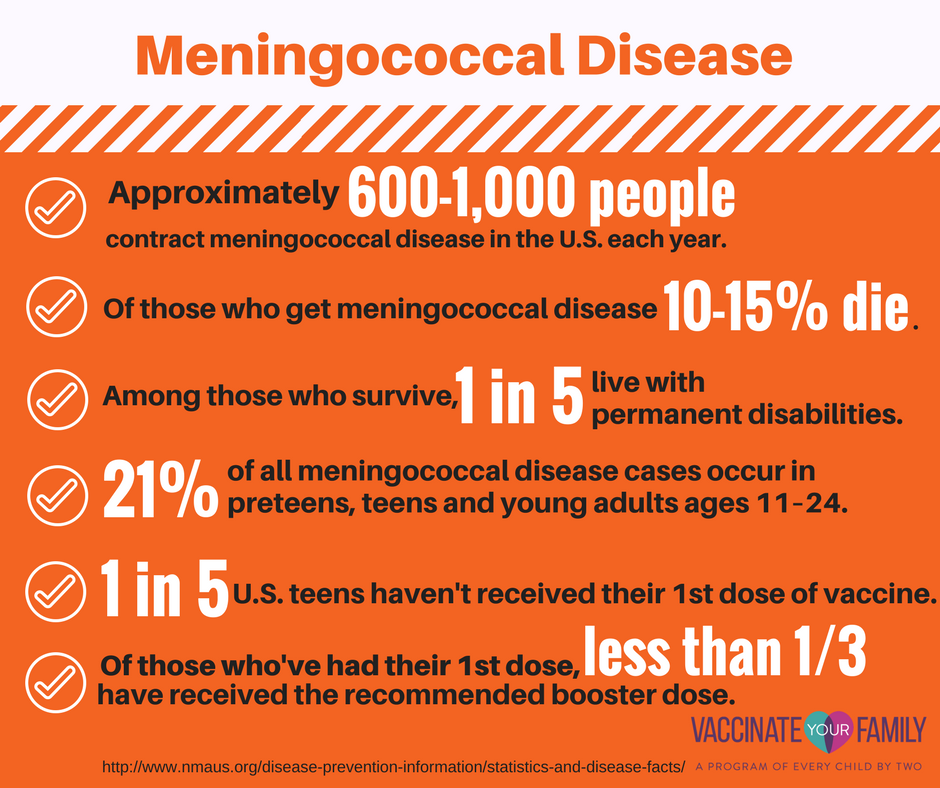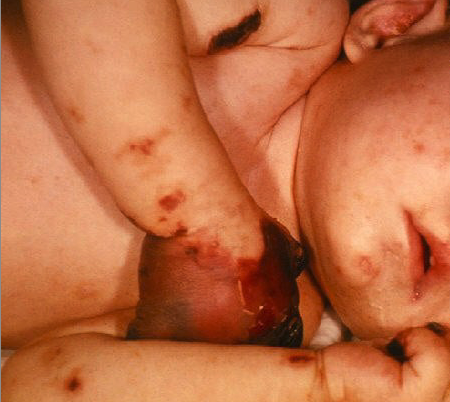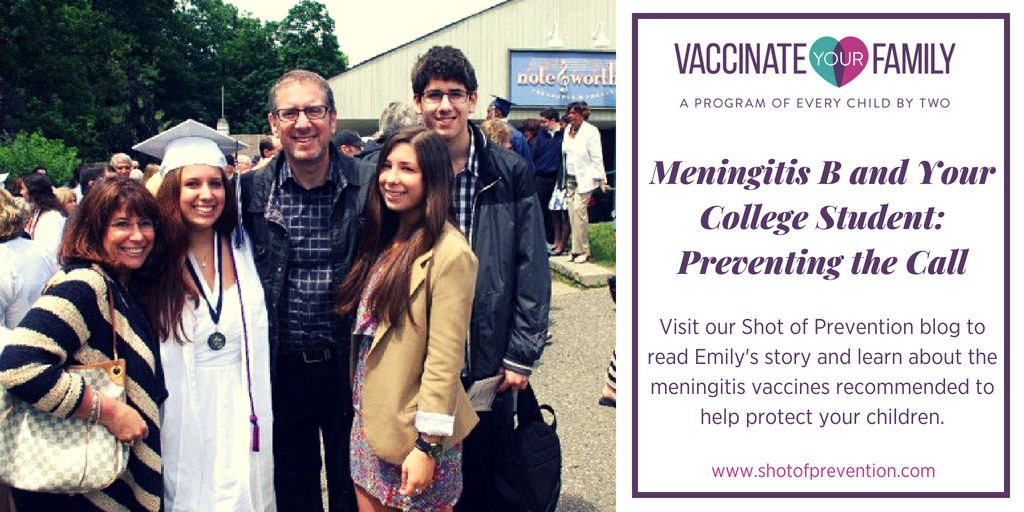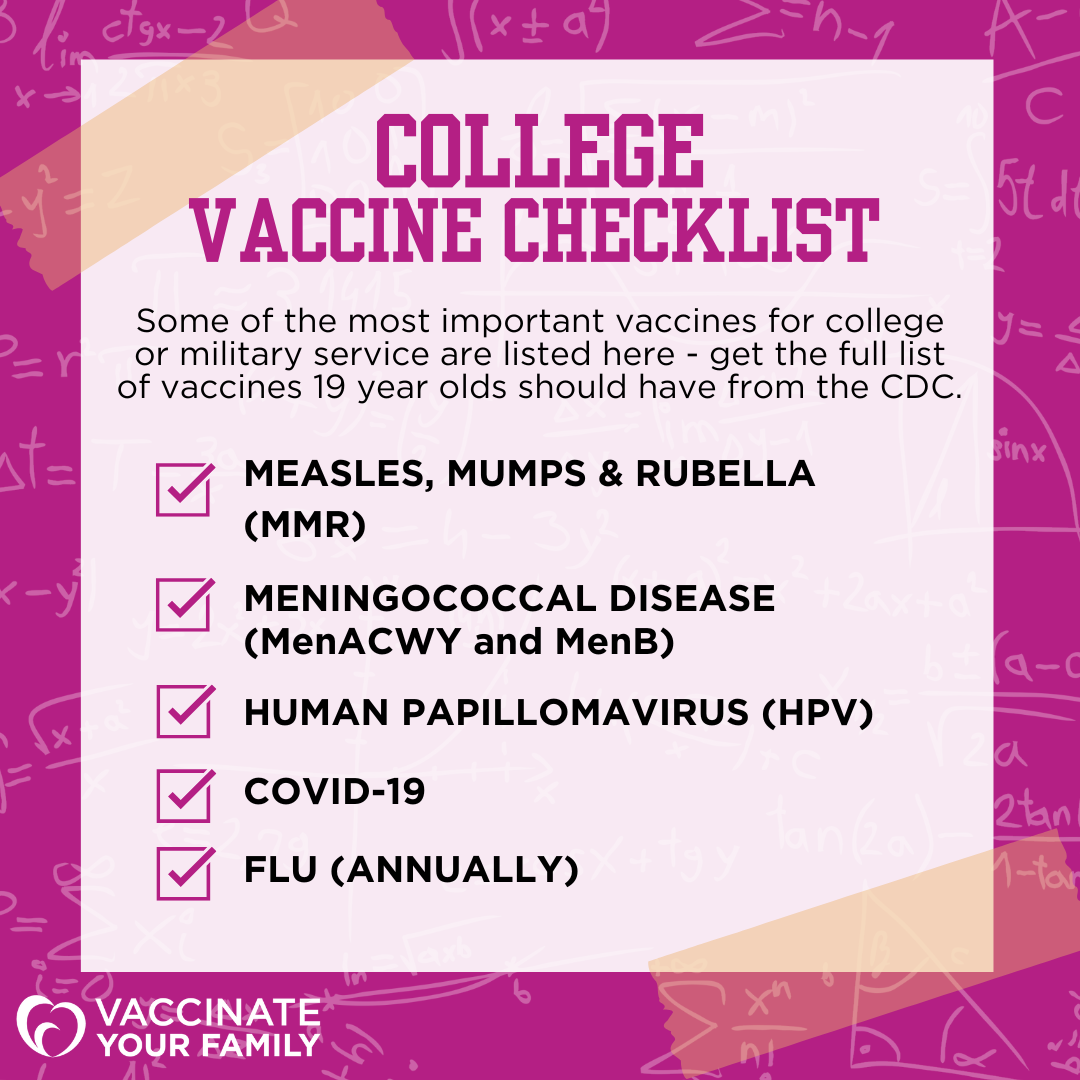Meningococcal Disease
What is Meningococcal Disease?
Meningococcal disease is a serious bacterial infection that can progress rapidly, often without warning, even in healthy individuals.
The two most severe and common forms of meningococcal disease are meningitis and septicemia. Meningitis is an infection of the fluid and membranes surrounding the brain and spinal cord, which can result in brain damage, hearing loss, learning disabilities, and even death. Septicemia is a bloodstream infection that can cause shock, organ failure, tissue damage, and can be fatal.
Even with antibiotic treatment, 10 to 15 out of every 100 people with meningococcal disease will die. Among survivors, 1 in 5 may experience long-term disabilities, including:
- Brain damage
- Deafness
- Loss of limbs
- Nervous system problems
On this page, you can explore how meningococcal disease spreads, who is at risk, what serogroups of bacteria cause meningococcal disease, what the symptoms are, and how to prevent meningococcal disease.
Even with antibiotic treatment, 10 to 15 out of every 100 people with meningococcal disease will die.
How does meningococcal disease spread?
The bacteria that cause meningococcal disease can spread through close or prolonged contact with an infected person’s saliva. This includes activities like kissing, coughing, sneezing, sharing utensils or drinks, and living in close quarters. Some people carry the bacteria in their nose and throat and can spread it to others even though they don’t have symptoms of being sick.

Anyone can get meningococcal disease, but certain groups are at higher risk, including children under 1 year old, teens, and young adults. Learn more about factors that can increase risk here.
Meningococcal disease is contagious.
Meningococcal bacteria can spread even if the infected persons don’t have symptoms of being sick.
What are the serogroups (type of bacteria) that cause meningococcal disease?
The five types of Neisseria meningitidis (N. Meningitidis) bacteria that cause meningococcal disease that we can prevent through vaccines are types A, C, W, Y, and B. In the U.S., about one-third of cases are from type B. This type is the most common cause of the disease in teenagers and young adults, and causes the majority of U.S. meningococcal outbreaks on college and university campuses including the one described here.
What are the symptoms of meningococcal disease?
It’s easy to mistake the early signs and symptoms of meningococcal disease for the flu. Signs and symptoms may develop over 3–4 days but may be as many as 10 days. The symptoms described below are the same for all of the serogroups.
Meningococcal Meningitis Symptoms:
Common signs include:
- Fever
- Headache
- Stiff neck
- Confusion, nausea, sensitivity to light, vomiting
Meningitis In Babies:
Babies may show different signs, such as:
- Acting slow or inactive
- Irritability
- Poor feeding
- Bulging soft spot on the head
- Abnormal reflexes
- Vomiting
Bloodstream Infection (Septicemia):
Symptoms include:
- Cold hands and feet
- Diarrhea or nausea
- Fatigue
- Fever, and chills
- Rapid breathing
- Muscle or joint pain

One of the tell tale signs of meningococcal meningitis and septicemia is a dark purple rash that may appear in later stages of the disease. The presentation of this rash can vary greatly and look different based on skin types.
- A petechial rash looks like tiny red or purple dots on the skin, similar to flea bites.
- A purpuric rash looks more like bruises, with larger reddish-purple patches on the skin.
As the disease progresses, the body starts to clot more than usual in response to leaking blood vessels. This excessive clotting can block oxygen from reaching the extremities, causing large, dark bruises to form on the skin.
Learn more about rash presentation here.
How can I protect myself and my family from meningococcal disease?
There are three vaccines that protect against meningococcal disease:
- Meningococcal Conjugate Vaccine (MenACWY) – Protects against four of the five types (serogroups) of meningococcus: A, C, Y, and W
- Meningococcal Serogroup B Vaccine (MenB) – Protects against serogroup B of meningococcus
- Meningococcal Pentavalent Vaccine (MenABCWY) – Protects against all five serogroups of meningococcus: A, B, C, Y, and W

Babies and Children/Preteens and Teens
MenACWY Vaccine
The CDC recommends that all adolescents receive two doses of the
MenACWY vaccine:
- First dose at 11–12 years old
- Second (booster) dose at 16 years old
In addition, the CDC recommends MenACWY for children who are between 2 months and 10 years old, if any of the circumstances listed here apply.
MenB Vaccine
The CDC recommends the doctor and guardian determine together if MenB vaccination is appropriate for adolescents or young adults. Since the MenB vaccine is not routinely recommended for all teens and young adults, many may not have received it. Please consult your healthcare provider to decide if this vaccine is right for your child.
The MenB vaccine schedule for healthy adolescents 16–23 years old (preferably 16–18 years old):
- Two doses 6 months apart, or
- For faster protection, three doses at 0,1–2, and 6 months apart
- Adolescents 10 years old and older at increased risk for meningococcal disease should get three doses
MenABCWY Vaccine
If your child is planning to receive both the MenACWY and MenB vaccines at the same visit, your provider has two options:
- Administer the individual vaccines at different injection sites
- Administer the combined MenABCWY vaccine instead
The MenABCWY vaccine requires two doses, a second dose is needed 6 months after the first.

Adults
Meningococcal vaccines are recommended for adults at increased risk for meningococcal disease. Adults should receive the MenACWY vaccine if any of the circumstances listed here apply, and the MenB vaccine if if any of the circumstances listed here apply.
MenABCWY Vaccine
If you have not yet received both the MenACWY and the MenB vaccine, your provider has two options:
- Administer the individual vaccines at different injection sites
- Administer the combined MenABCWY vaccine instead
The MenABCWY vaccine requires two doses, a second dose is needed 6 months after the first.
CDC Recommended Vaccination Schedules
To ensure that your entire family is up to date on their vaccines, check out the following CDC recommended immunization schedules and talk to your healthcare provider.
Meningitis is an uncommon disease, but once it strikes it can prove deadly within 24 hours. Teens and young adults are at higher risk for contracting meningococcal disease because they often live in crowded settings, like dormitories, and tend to share beverages.
From 2011–2019, 14 meningitis B outbreaks occurred on 13 college campuses. View the details here.
Increasingly, colleges have begun mandating that students receive the second dose of the MenACWY vaccine, and the MenB vaccine prior to entering school.
Read one parent’s story here which highlights the dangers of not vaccinating before entering college.




